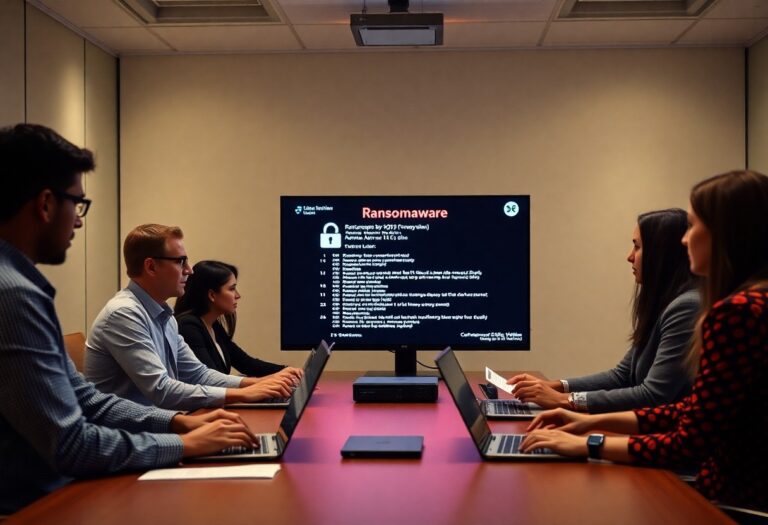“Cyber Threats: Real, Rising and Relentless”
Recent Cyberattacks
In recent years, multiple cyberattacks have targeted critical sectors in various countries:
Cyber Threats of 2024
- A government organization was compromised using stolen admin credentials.
- A cyberattack on a meteorological department’s website disrupted service for two hours.
Cyber Threats of 2025
- A data breach at a bank exposed sensitive financial client information.
Basically, the detailed analysis of these attacks revealed that the attackers publicly shared proof of compromise, including archived defacement details of targeted websites.
Common Cyber Threats
Cyberattacks that can cause significant financial losses include:
- Denial of Service (DoS): Overwhelming a website with illegitimate requests, preventing normal functionality.
- Distributed Denial of Service (DDoS): Flooding a network of devices with illegitimate traffic, impacting its ability to handle legitimate user requests.
- Data Breach: Unauthorized access to sensitive information, such as personally identifiable information (PII), financial records, and healthcare details.
- Website Defacement: Altering the appearance of a website to harm a company’s reputation.
Importance of Digital Transformation
As businesses embrace digital transformation, delivering quality services becomes essential. Contrarily, cybersecurity infrastructure often struggles to keep pace. Accordingly, many high-profile organizations have basic security measures but lack real-time threat monitoring and incident response capabilities. This is where a Security Operations Center (SOC) plays a critical role, detecting, responding to, and mitigating threats before they cause damage.
What is an SOC?
An SOC is a team of cybersecurity professionals responsible for monitoring and responding to potential cyber threats. Precisely, they protect an organization’s digital assets, including data and intellectual property, by monitoring IT infrastructure such as networks, servers, applications, and databases.
Types of SOC
The different types of SOC are listed below:
- In-House SOC: This is suitable for large organizations with the resources to establish and manage their own SOC, including developing processes, deploying technical resources, and hiring cybersecurity experts.
- Outsourced SOC: Small businesses often partner with external SOC service providers, known as Managed Security Service Providers (MSSPs) or Managed Detection and Response (MDR) providers. Despite this, outsourced SOCs may lack deep threat analysis capabilities.
- Hybrid SOC: Combines in-house and outsourced resources, offering a comprehensive approach to security with scalability and enhanced protection.
How an Advanced SOC Can Safeguard Organizations from Cyber Threats???
SOC teams combat various threats, including:
- DoS and DDoS Attacks: Constant network monitoring and load balancers help mitigate these attacks. SOCs use DDoS mitigation services to filter malicious traffic before it reaches the target.
- Data Breaches: Multi-layered security, combining technologies, processes, and best practices, helps prevent data breaches. Threat intelligence enables timely detection.
- Website Defacement: Web Application Firewalls (WAF) block unauthorized access, preventing defacement and safeguarding reputation.
Should countries invest more in SOCs to combat cyber threats? Share your thoughts in the comments!








